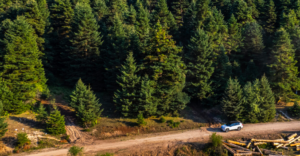The Acropolis Rally, for several years, left a painful void in the hearts of all motorsport enthusiasts, both Greeks and foreigners. Fortunately, it has returned, thanks to the coordinated efforts of the State and sponsors, with EKO leading the charge. Since then, and rightly so, it has been called EKO ACROPOLIS RALLY. In my opinion, it could also be named “The Best Rally in the Sporting Calendar,” but perhaps I’m not the most objective judge. Or am I?


The EKO Acropolis Rally is not just another WRC event. It carries a special weight that’s hard to precisely define. It’s its history, the thousands of people climbing the mountains with an uncanny joy, the sense of adventure, the scorching sun, and of course, the raw enthusiasm every time one of the rally gods passes by and leaves a thick layer of dust on you. “If your mouth doesn’t get gritty from the dust, you haven’t seen the Acropolis,” a friend once said—and he was absolutely right.

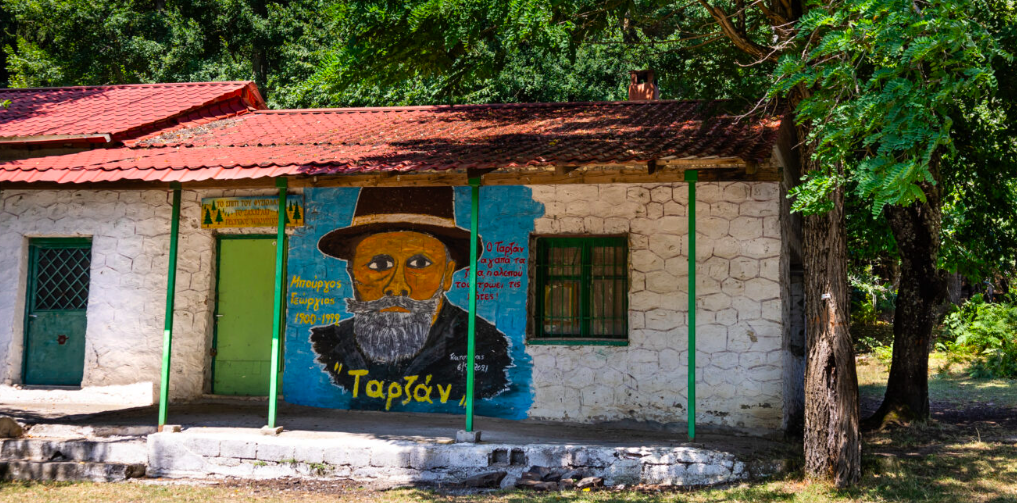
What makes a Rally “The Best Rally”? Its organization, its dedicated sponsors, the spectators, the entries, and primarily the Special Stages where it takes place. Many of you have surely watched the rally cars from some point. Okay, let me not be unfair, from many points.
I know people who are familiar with every “shortcut,” every dirt road intersecting the Specials, who go year after year to specific spots to get as much view of the action as possible, who camp out overnight in the Special Stages to get the best vantage point at a specific corner, who walk kilometers to avoid traffic and thus see as many Specials as possible in a day, and who take time off specifically for this three-day event.
The devotion, enthusiasm, and dedication are touching. However, those who have actually traversed Special Stages from the inside are far fewer. It’s difficult to attempt to follow dirt roads with your own car that challenge even the rally cars.

This is exactly the feeling we wanted to convey when we decided that one of the off-road routes we’ve been working on for months would be dedicated to the EKO ACROPOLIS RALLY. To choose two of the most iconic Special Stages and tell their story “from within.” A somewhat superficial look at what it’s like to try to set a time on a dirt road that will do everything to challenge you.

To be honest, the choice was almost automatic. We would tackle Tarzan and Eleftherochori. Not that the others are inferior—some might even be better—but these are the stages that have woven the myth of the Acropolis, at least the most modern one. Choosing the car was also a relatively simple matter, at least the brand. Toyota. A small tribute to a huge company that has never abandoned motorsport. The car obviously could not be a Yaris GR, though we would have loved that.

However, it was a RAV4 plug-in hybrid, with 306 PS and that sense of invincibility in difficulties that makes you marvel at its endurance and composure even on roads that would leave other SUVs struggling. We received it majestic and spotless. We returned it just as majestic but covered in dirt from the mountains of Evrytania and Fthiotida. It endured all the abuse without complaint and transported us inside a protective cocoon on asphalt and dirt. But, let’s start from the beginning.

Where the beginning was around 6 in the morning outside Christos’ house to load the equipment and two buckets of coffee. A few kilometers north, our first stop awaited. An EKO station, of course. Still very early, but the EKO people at the Kifisia station were already in place with smiles and professionalism. The kilometers to the entrance of the first Special Stage are many, and it is imperative to fill up with high-quality gasoline from a company you trust with your eyes closed. It is equally important to fill up with the right fuel that supports hybrid technology, helping with low consumption and smooth operation.

Moreover, at the EKO station in Kifisia, we knew we would find not only the right fuel but also guaranteed quality and a wide range of accessories specially designed for the upcoming EKO Acropolis Rally: thermoses, cups, caps, and even keychains with the logos of our national rally. Products to ensure we don’t get thirsty or hungry on the mountain, as the station offers every kind of snack and drink.
We filled up the RAV4 with EKO PREMIUM 98 gasoline, with 98 octane, which we know from experience enhances the level of our daily travels and frequent trips, as it allows the engine to perform at its best without strain. EKO PREMIUM 98 contains high-tech chemical additives, and combined with its cleaning and anti-oxidant action, it protects the engine, emits fewer harmful gases, and covers more kilometers per tank, which on this trip is essential since the distances would be long and many of them particularly demanding, in the heat and dust of dirt roads.

Traveling with the RAV4 is like a soothing massage. All the enormous technological and philosophical legacy of Toyota seems to be embodied in this vehicle. It’s the plug-in hybrid version of the RAV4, with a 2.5-liter thermal engine operating on the Atkinson cycle, combined with two electric motors—one front with 134 kW and one rear with 40 kW, making the system’s combined power 306 PS. The relatively large battery for a PHEV vehicle has a capacity of 18.1 kWh. This allows this objectively large SUV to cover almost 75 kilometers on electric power alone.
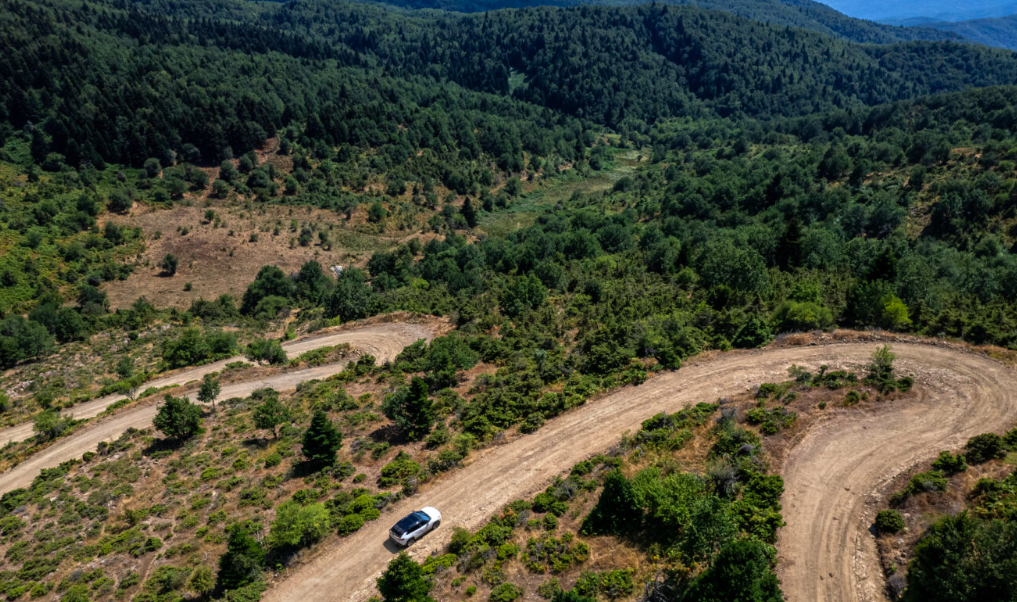
The system defaults to electric mode, with four operating programs: EV (electric only), HV (hybrid), Automatic switch between electric and hybrid, and a mode for battery charging via the engine. Thanks to the presence of a motor on the rear axle, Toyota’s advanced AWD-i system distributes power in real-time between the two axles for optimal performance. It features a function called Trail Mode, which electronically simulates locking of the rear differential through permanent engagement of the electric motor located there. Along the way, we found that the system works exceptionally well and seamlessly.

We started with a fully charged battery and easily covered around 70 kilometers solely on electric power on the highway. After that, the hybrid system took over to keep fuel consumption as low as possible. For the remaining approximately 200 kilometers, until we reached the start of the Special Stage and with considerable pressure on the rural roads, consumption hovered around 6.5 liters/100 km—a fantastic figure for the car’s weight and the not-so-“respectful” driving style.
But this is not only my fault. The car itself is to blame. You press the gas pedal and it lunges forward with vigor and intensity, rapidly increasing the speed on the speedometer. And all this in a particularly civilized manner, with low noise levels and linear performance. On the highway, you appreciate the exceptional rolling quality. On rural roads, as long as the route is fluid, you rely on the rigid frame and balanced suspension to breeze through moderate and extended bends. However, from Saint Georgios and beyond, where the road “tightens” and the hairpins start to follow one another, the RAV4 begins to show its weight and requires a gentler approach, though it never conveys any insecurity to the driver.

Before we knew it, we had reached Raches Tymfristou. Just before, in the plain of Lamia, the thermometer read 36°C; here, it drops to 27°C. We turn right towards Fourna, following the northern slope of Tymfristos. The route is breathtaking. Christos wonders why we travel every year to alpine passes for road trips and don’t come here or to similar routes in Pindos. The same feeling, similar epic landscapes but almost zero traffic. He’s not wrong. The road follows the mountain’s contours, dips and rises, winds around dense forests, encounters springs with cold, sparkling water, and eventually arrives at the sign pointing left to Fourna and right to Loutra Smokovou—where we need to head.
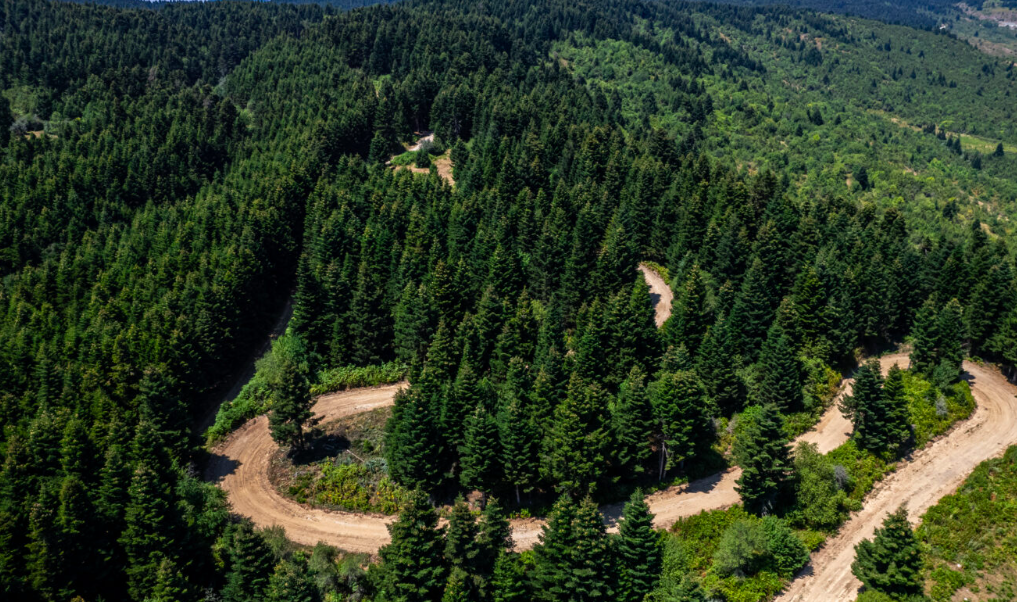
A few kilometers further, to our left, we encounter the legendary hut of the hermit, “Barba-Giorgos-Tarzan-Bourgos,” possibly the only person whose nickname (or more precisely, alias, as they say in Evrytania) became the official name of a Special Stage in the World Rally Championship. The entrance is directly opposite, diagonally to the right, waiting for us. But first, a stop for photos, a bit of cold water from the spring, and a few clarifications.
Giorgos Bourgos, the legendary “Tarzan,” was from Fourna but lived in Athens and was a police officer. He was diagnosed with tuberculosis, left, settled here in a hut in the middle of nowhere, and lived to be 92 years old. He died there, in his hut, one harsh winter when he was snowbound for days and ran out of wood for the stove.

But he inadvertently left a legend behind when the Acropolis Rally passed in front of his hut for the first time in 1975. Imagine his surprise. Imagine the surprise of all the legendary drivers who met a kind old man, like a forest elf, who offered them tsipouro and shared cigarettes. The Tarzan Special Stage was, for decades, perhaps the toughest Special Stage in the Championship. Yet everyone loved it because it was the tangible embodiment of the Acropolis spirit—its harshness and wild beauty, the spirit of relentless adventure.
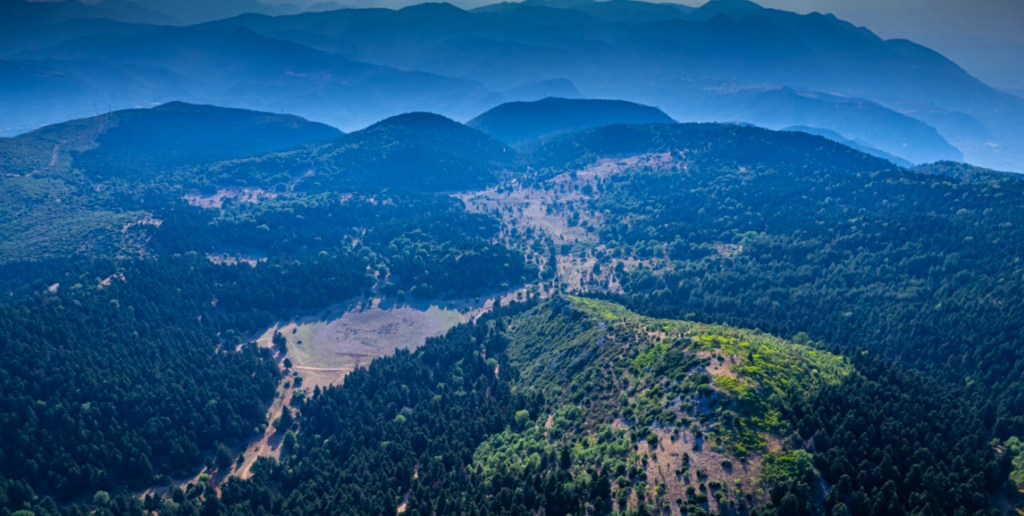
In the upcoming EKO ACROPOLIS RALLY, drivers will “have to” run the Tarzan stage twice. From the Zacharaki area, where the hut is located, to the outskirts of the village of Palaios Giannitsou, they will need to cover the 22.37 km of a road that separates the lambs from the kids. The truth is, although
Ask me anything
Explore related questions
